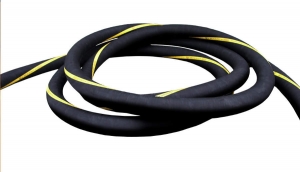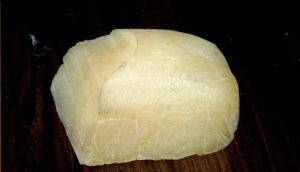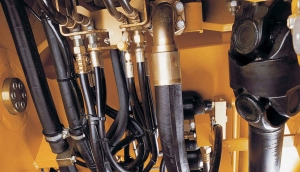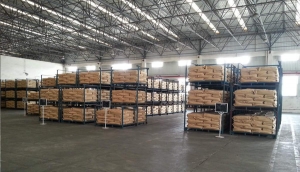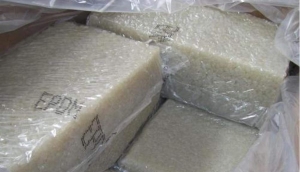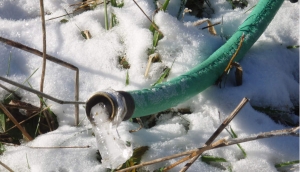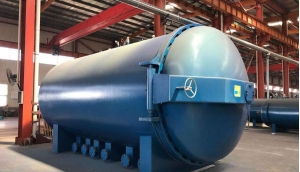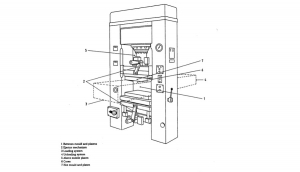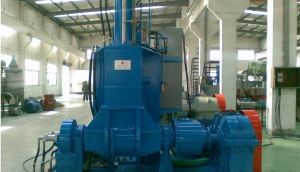1, Natural Rubber (NR) Comprehensive performance is more comprehensive, simple processing technology, the disadvantage is oil-resistant, heat-resistant, cold resistance, chemical-resistant, aging resistance and other performance is too poor, far less than other synthetic rubber. Mainly used in tires, hoses, tape, medical supplies, sporting goods and some other industrial supplies.
2, Butadiene Rubber (SBR) Comprehensive performance is comparable to natural rubber, while wear and thermal aging performance is better than natural rubber, with natural rubber and a variety of synthetic rubber, processing performance is good, is a general rubber. The main use of language hose, tires, tape. Rubber shoes, as well as a variety of industrial rubber products.
3, Butadiene Rubber (BR) Good processing performance, with excellent wear resistance and elasticity, less heat, low temperature resistance and good performance. Flexural resistance is also good, the disadvantage is tear strength and anti-skid resistance is not good. Widely used in tires, hoses, tapes, rubber shoes and other rubber products.
4, Neoprene (CR) ozone resistance, climate aging resistance, oil resistance, solvent resistance, flame retardant, insulation and water resistance, air tightness, tensile strength and other aspects of the performance are better. The disadvantage is poor cold resistance, large specific gravity (density). Suitable for hose, tape, conveyor belt, wire and cable, air conditioning rubber products, as well as construction, ships, automobiles and other sealing products.
5, Nitrile Rubber (NBR) can be used for a long time at a temperature of less than 120 degrees, air tightness is good (second only to butyl rubber) oil resistance, wear resistance, tear resistance and other performance functions are excellent (note: This material belongs to semiconductor rubber, therefore not suitable for insulating products) applicable to automobiles, machinery hose, seals, cable sheath, sponge products.
6, hydrogenated nitrile Rubber (HNBR) can be used in the 40-180 degree working environment for a long time, with good processing performance, high strength, excellent abrasion resistance, small permanent deformation, and unique anti-ozone and hydrogen-resistant effects. Suitable for engine sealing products, oil seals, oil fields, drill pipe rubber products, low-temperature tubing, air conditioning pipe, electronic system protection parts.
7,Ethylene Propylene Rubber (EPDM) heat and ozone resistance is the aging of the sky, low temperature resistance, electrical insulation, acid resistance, alkali and other aspects of excellent performance. Widely used in construction, automobiles, ship doors and windows seals, wire and cable, automobiles, motorcycle parts and other industrial products.
8, Silicone Rubber (SR) can be used in the 60-120 degree working environment for a long time, transparent non-toxic tasteless insulation performance, good processing performance. Disadvantages are wear resistance, tear performance and oil resistance, poor chemical media resistance. Widely used in electric electrical appliances, electrical and electronic industry, aviation, defense, machinery, construction and construction, medical, food hygiene, as well as kitchen supplies, household miscellaneous products.
9, Fluorine Rubber (FPM) excellent high temperature resistance (250 degrees) and good dielectric properties, as well as excellent oxidation resistance, oil resistance, chemical corrosion resistance, wear resistance and other excellent properties. The disadvantage is that the processing process is more difficult. Widely used in aerospace missile rockets and other scientific fields as well as industrial equipment in all aspects, such as hose, seals, wires, diaphragms, tape and other products and anti-corrosion lining.
10, Butyl Rubber (IIR) airtight performance in a variety of rubber is the best, excellent heat and aging performance, ozone aging resistance, as well as electrical insulation performance, colleagues have a wide range of temperature use. Widely used in tire inner tube, vulcanization capsules, water tires, wind tires, auto parts, wire and cable, hose, tape, building waterproof sheet, clogging materials (such as bottle cover) door and window seals, as well as chemical equipment anticorrosion.
11, Sulfur Rubber (TR) has good oil resistance, hydrocarbon resistant solvents, resistance to atmospheric aging, water resistance, as well as low temperature flexural properties. At the same time, a variety of materials have very good adhesion, used as automotive sealing materials, non-dry rubber putty and chemical equipment lining, road paint and oil-resistant paint, paint, oil-resistant hose insulating glass seal and so on.
12 Polyacrylate rubber (ACM and ANM) can be used at temperatures up to 175-200 degrees, air tightness, weathering resistance, heat resistance and oil resistance. The disadvantages are water resistance and poor low temperature resistance. The processing performance is difficult to master, and the vulcanization process is corrosive to the mold. Mainly used in the automotive industry, seals and special requirements of hoses, tapes, colleagues also used in the manufacture of wire and cable gloves, adhesives and other contact with high temperature oil.
13 Ethylene Acetate Rubber (EVW) can be used at 175 °C for a long time. It has excellent flame retardant properties and oil resistance. The product has low compression deformation at high temperature. Suitable for subways, high-rise buildings, and marine high-performance halogen-free flame-retardant wire and cable and other sealing products.
14 Chlorinated polyethylene (CPE) is a special synthetic rubber with heat resistance, weather resistance and flame resistance. It has excellent electrical properties and chemical resistance. It also has the advantages of oil resistance, ozone resistance, weather resistance, heat aging resistance and flame resistance. It is widely used in wire and cable with good flame resistance and weather resistance, sealing products and industrial products such as hoses, tapes and rubber rollers that require temperature resistance, acid resistance and flame resistance.
15 Thermoplastic styrene-butadiene rubber (SBS) is the most economical thermoplastic elastomer of the current production (accounting for 7%). Its properties are similar to those of styrene-butadiene rubber. It has more elasticity, feel, color, format and low hardness. The disadvantage is heat resistance and poor oil resistance. Widely used in handles, toys, sports equipment, shoe materials and other fields.
16 Thermoplastic elastomer (SEBS) is a saturated SBS produced by hydrogenation. It is resistant to aging and ozone. It has a large improvement in its original properties and is especially suitable for outdoor use. The disadvantages are heat resistance and poor oil resistance. The operating temperature range is between -60 and 100 degrees. Widely used in handles, toys, sports equipment, medical accessories and other fields.
17 Thermoplastic elastomer (TPV) is a dynamically vulcanized EPDM/PP blend. Cold and heat resistant, excellent elasticity, aging resistance, ozone resistance, tear strength, chemical resistance, excellent coloring performance, can be used at temperatures between -60-135 for a long time. Widely used in automobiles, ships, mechanical parts, hose tapes and various industrial products, often used to extrude various types of sealing strips.
18 Thermoplastic polyurethane rubber (TPU) has outstanding wear resistance, high elasticity, high mechanical strength, excellent oil resistance and excellent flexing resistance. The long-term use temperature can be between -40 and 120 degrees. The disadvantage is that there are very few varieties with low hardness. Widely used in the brake pipe, tubing, interior parts, cables, pipes, shoe materials and sports equipment, and heterogeneous materials for the automotive industry.
19 Polyvinyl chloride (PVC) is one of the most widely used plastics at present. It is economical and has excellent flame retardancy, chemical resistance, high abrasion resistance and good electrical insulation. The disadvantage is that the cold resistance is poor, the winter becomes hard and brittle, and the chlorine is irritating. Widely used in all walks of life, automotive, construction, machinery, daily necessities cable.
![]()



